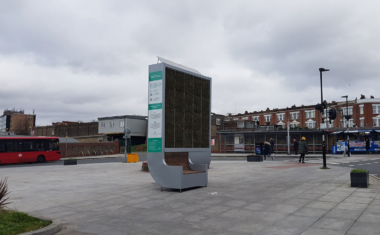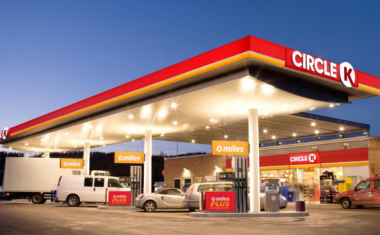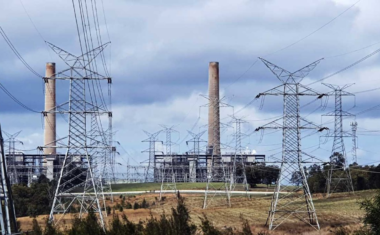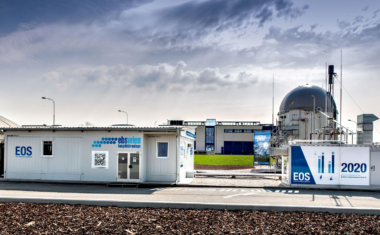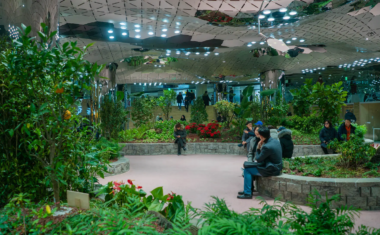Toilet Paper-to-Asphalt
- 5
- 4 min to read
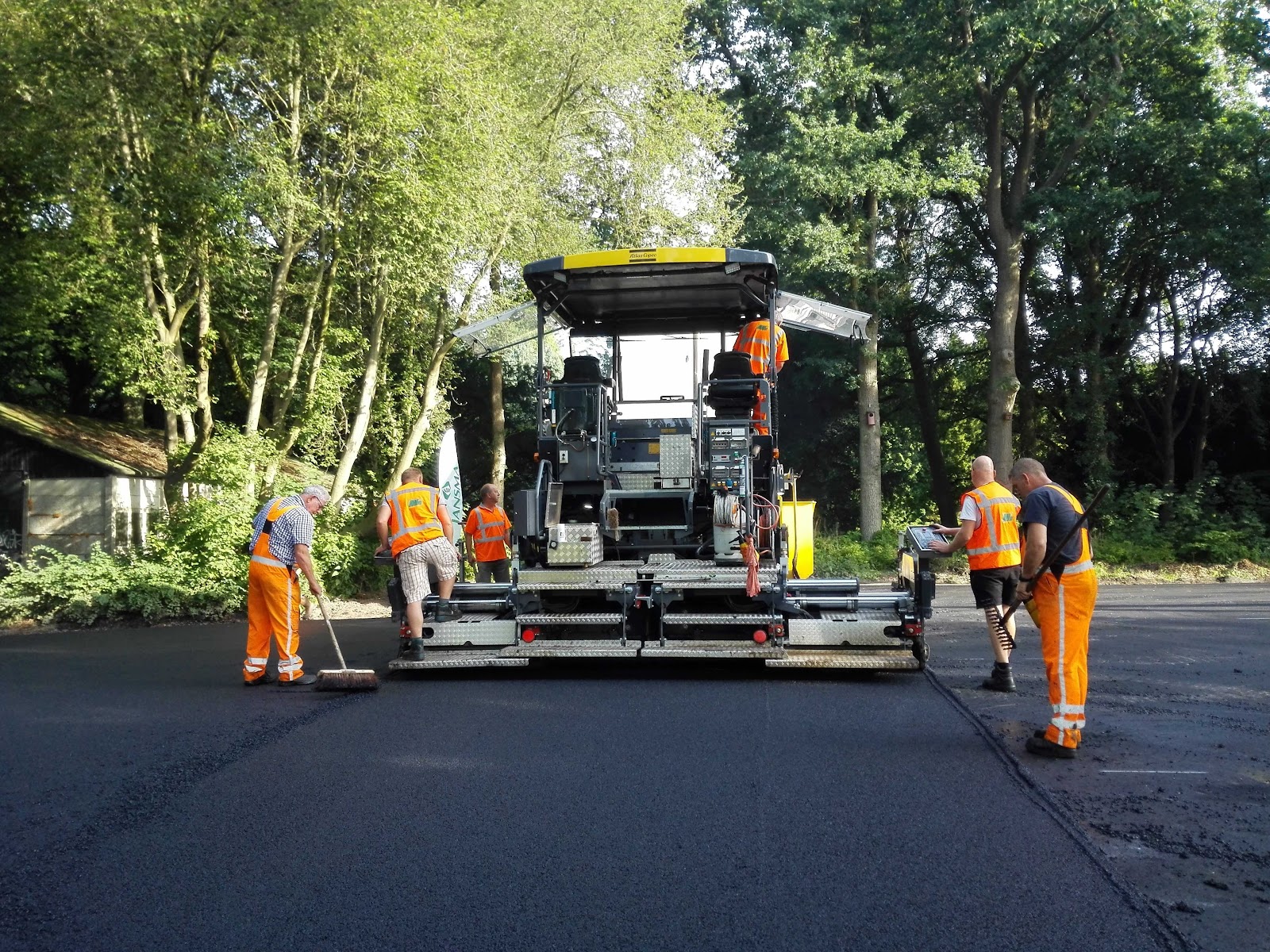
About the city. The Dutch province of Friesland (capital city is Leeuwarden) is innovating by recycling toilet paper and using it to improve the safety of asphalt, which is used for making bicycle paths.
Goal
The aim of the project is to find more eco-friendly and safe technology in asphalt paving and make use of the recycled products.
Implementation period. The 1-kilometre stretch of the bike path was paved in 2017.
Fact
In the Netherlands, bike paths total length of approximately 35,000 kilometres.
The Dutch flush an estimated 180,000 tons of toilet paper annually.
Solutions
Most roads in the Netherlands are paved with blacktop called open-graded asphalt friction course (OGFC). Compared to other types of asphalt, this coating requires more bitumen to bind stones and sand. Cellulose is added to thicken the mixture and prevent bitumen from dripping off the aggregate during processing, transportation, and paving of streets.
When roads get wet, they become very slippery, so this type of asphalt is used since the water leaves its surface much faster. Wicking water from the road is an important safety measure for the country, which has 68 to 88 centimetres of rainfall per year.
The 1-kilometre section of bicycle roadway connecting the Frisian capital Leeuwarden with the city of Styens is notable for being the world’s first bicycle path paved with recycled toilet paper.
The bicycle path uses what’s called tertiary cellulose, extracted from waste streams. To do this, the paper fibres are sifted out of the wastewater by a 0.35-millimetre industrial sieve before proceeding through a series of machines to be cleaned, sterilized, bleached, and dried. The result is a fluffy, greyish material.
the uses for this cellulose material are endless: asphalt mixes, pulp and paper, filters, building insulation, biofuel, textiles. However, it can not be used in products that would come into direct contact with people because cellulose from wastewater has been in contact with human excrement.
Challenges
Cellulose is only 5% of the asphalt mixture. It would only take about 15,000 tons of fibre to repair each roadway in the Netherlands. Meanwhile, tertiary cellulose (from other waste sources such as diapers and beverage cartons, in addition to toilet paper) can supply the country with one to two million tons per year.
Team
KNN Cellulose, Waternet, CirTec, Wetterskip Fryslan (manager of the project: Yede van der Kooij)
If you notice an error or inaccuracy in our editorials, please email [email protected] so we can look into it.

